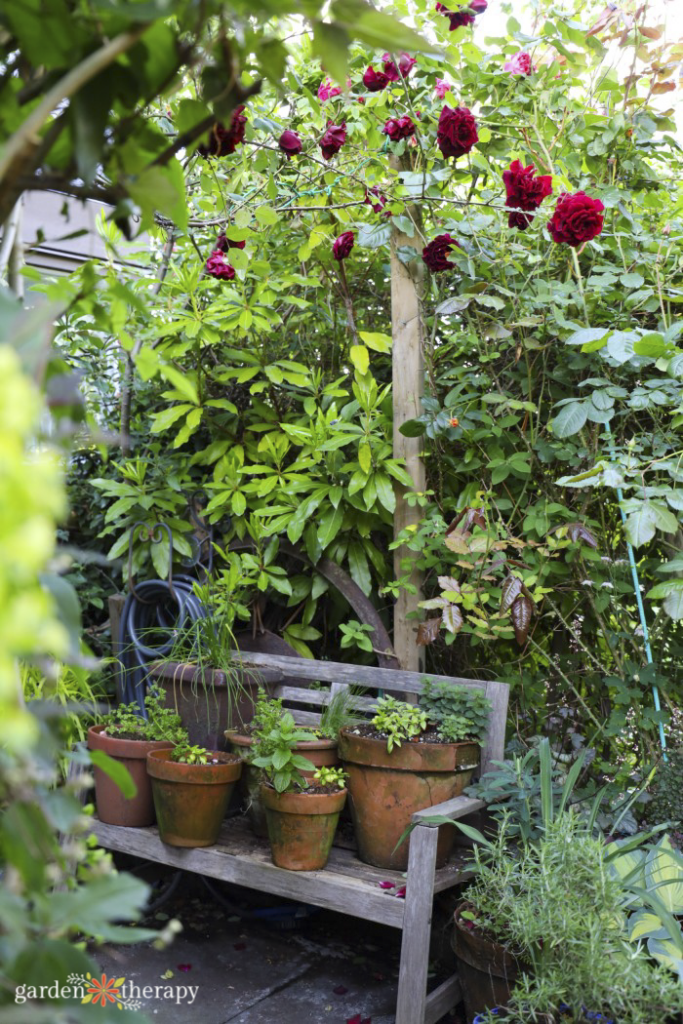Chaos gardening is one of the easiest ways to start a garden from scratch. If you don’t have the time, money, or knowledge to start a garden at your house, chaos gardening is a great solution. Here’s how you can embrace a little bit of chaos and scatter beautiful seeds in your garden.
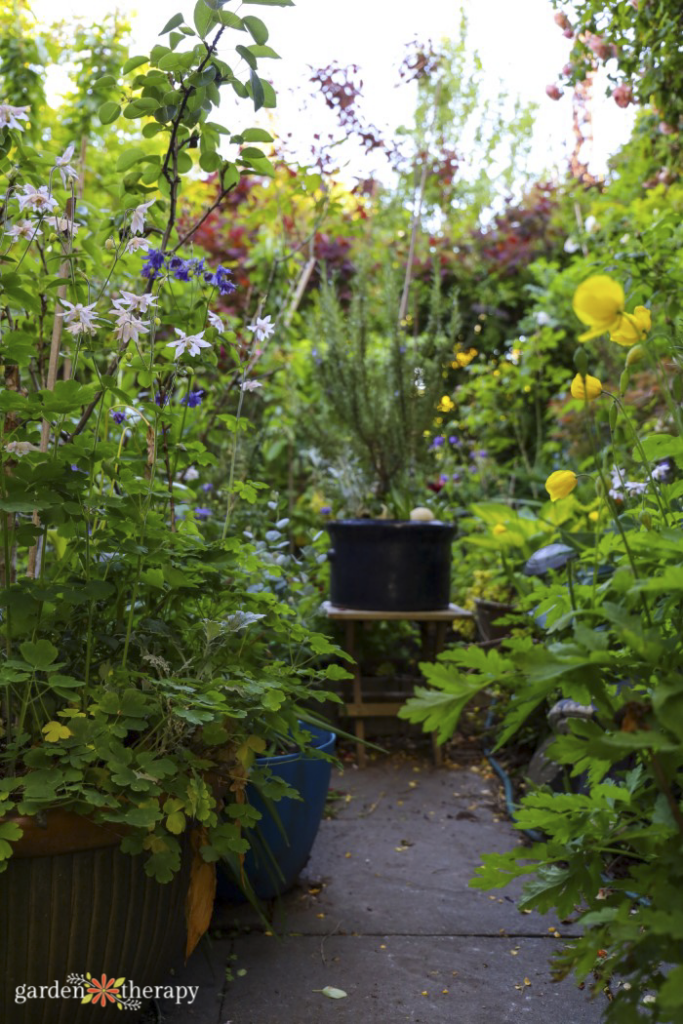
Chaos gardening is the latest gardening trend to take over social media. And it’s one that I quite like! It embraces the idea of wild, natural spaces and makes gardening even more accessible.
But what you may not realize is that the ideas behind these social media trends, like chaos gardening or No Mow May, are rooted in regenerative and permaculture practices…what if we let nature take the lead?
Chaos is not only a fun approach to gardening, but it’s very affordable and requires low effort. Here’s how to do it!
- What is Chaos Gardening?
- Benefits of Chaos Gardening
- Chaos Gardening is Not Everyone’s Cup of Tea
- How to Do Chaos Gardening
- Seeds to Plant
- My Final Thoughts on Chaos Gardening
- More Ways to Embrace the Chaos!
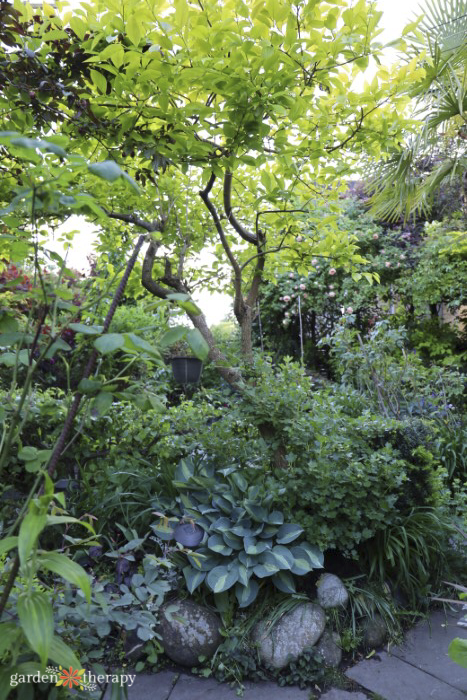
What is Chaos Gardening?
Forget keeping a tidy row of vegetables or a crisp, perfect green lawn. Chaos gardening embraces the idea that our gardens can be a little wild and crazy. And that’s a good thing.
Chaos gardening involves taking a handful of seeds, tossing them sporadically into the soil, and crossing your fingers. It’s really that simple.
You can use any seed, from vegetables to flowers, as long as they don’t need to be dug down deep.
Chaos gardening is the response to the overly meticulous, strictly planned garden. You don’t have to worry about spacing requirements or try to maximize a yield based on your square footage.
In my first house, I had a very good friend who lived across the alleyway. As a renter, her budget for making a garden from scratch was minimal.
While it may not have been called chaos gardening at the time, it’s exactly what she did. She bought a few packets of native wildflower seeds and tossed them into the garden. As the plants grew, she would slowly transplant and organize her garden a little, but she still embraced that wild and natural look.
This is chaos gardening in its simplest form. But it can also mean just allowing your plants to grow as they like, letting native plants take the lead, and embracing a more natural space as a whole.
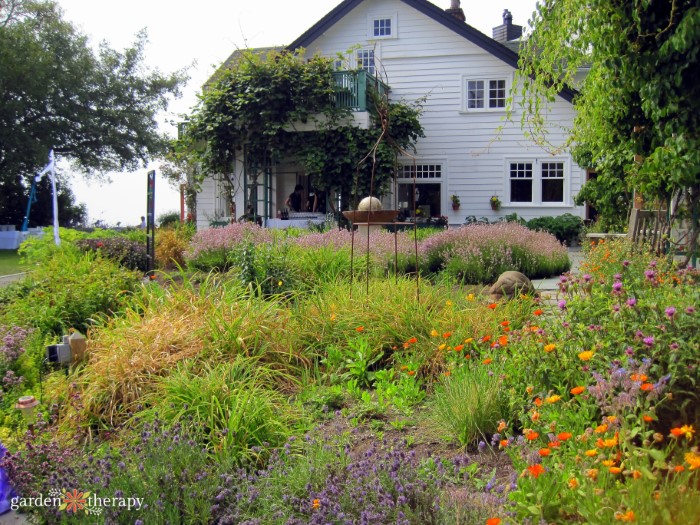
Benefits of Chaos Gardening
Chaos gardening saves time and money. If you want to enjoy a garden but don’t want the work of maintaining and planting it or the hefty price tag of filling it with plants, seeds are the way to go.
In my opinion, one of the biggest benefits is how the planting will mimic the natural world. Nature is inherently chaotic and wild, and we don’t always need to organize it perfectly.
Depending on what seeds you plant, it can also promote biodiversity in the garden. For the most effective and low-maintenance garden, it’s best to plant native plant seeds. These plants are already accustomed to the growing conditions in your area and will require less work on your end to ensure they thrive.
Better yet, these native plants are already key players in the local ecosystem, providing food and shelter for wildlife and pollinators. The plants can self-seed at the end of the year, continuing to grow and regenerate naturally every season.
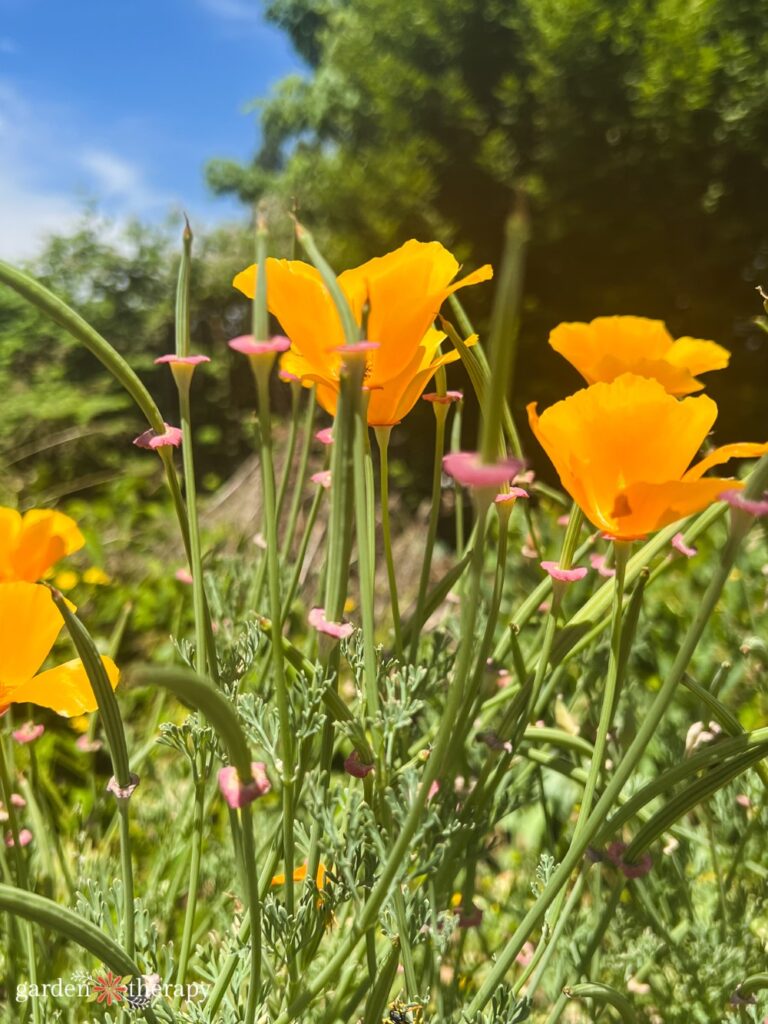
Chaos Gardening is Not Everyone’s Cup of Tea
I won’t lie; chaos gardening can sound horrifying to some people. A wild, more natural look is definitely not everyone’s cup of tea. Even in my own slightly curated but natural space, I get comments and looks from people about my more messy approach to gardening.
Rewilding is a big topic in the plant space right now. While chaos gardening isn’t necessarily about being wild, it embraces the way that nature naturally grows.
Why are we always trying to control these green spaces in our lives? Do we really need perfectly manicured lawns and gardens? There’s an assumption that neat and orderly are good, but anything messy is bad. But context really is everything.
My friend Laura and her husband Sam have a beautiful, chaotic garden. I featured their wildlife hedge in my book, The Regenerative Garden. To the untrained eye, their garden may look like an overgrown mess.
But I see so many beautiful plants working together in guilds and as a food forest. The whole garden produces a ton of food and is full of bees and birds, but it does look wild and overgrown.
On either side, their neighbour’s lawns are the complete opposite. They even complained about the appearance of Laura and Sam’s garden because they saw it as messy.
But when I saw it, I absolutely loved it. As I see it, these wild lawns represent the chaotic good, while those perfect lawns represent the lawful evil.

How to Do Chaos Gardening
Chaos gardening can be as simple as tossing a mix of seeds into your soil and seeing how it goes. You can get as chaotic as you like, but you can also add some thought and maintenance to it. It’s your garden. It’s your prerogative!
Here are some general tips to try out:
- Group plants with similar needs. AKA plants that like full sun and well-draining soil can be grouped together, ensuring they get scattered in the right areas.
- Opt for native species. These seeds are much more likely to germinate and thrive on their own as they’re used to the area’s sun, water, temperature, humidity, and soil.
- Consider local regulations. Things like plant height bylaws or strict HOA rules can limit what you plant and how you plant them.
- Stomp your seeds. After you scatter your seeds, walk and squish down the seeds into the soil. This helps the seeds not get blown away.
- Water your seeds. After you scatter your seeds, give the area a good watering to kickstart the germination.
- Aftercare. You can choose to leave it as is and let it be as wild as possible, or you can go in and thin the seedlings, water the plants, add compost or fertilizer, etc.
- Try chaos gardening with vegetable seeds. Scatter seeds like lettuce or carrots into your already established vegetable garden and watch these veggies fill in the extra spaces.

Seeds to Plant
If you need some inspiration on what seeds to grow, here are a few of my curated lists.
- Seeds to Plant in the Fall for Next Season’s Blooms
- The 14 Best Perennial Flower Seeds to Use in Your Garden
- Which Vegetables to Sow Directly in the Garden
- How to Grow Heat-Loving Vegetables From Seed
- How to Nail Growing Herbs from Seed
- Speedy Plants to Sow in Summer for a Fall Harvest
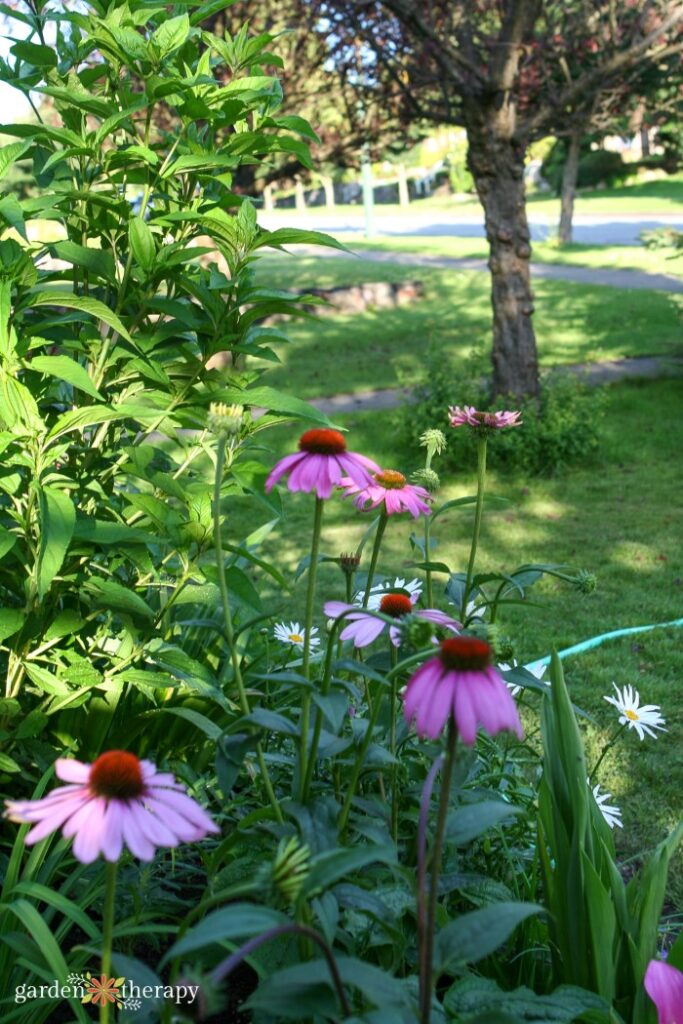
My Final Thoughts on Chaos Gardening
Never let anyone tell you that you have to garden in a single way. Whether you like the look of something neat and orderly or love the look of a wild meadow, you do what you want.
Your garden is your happy space. It doesn’t have to be someone else’s happy space.
My advice is to embrace the little outlier here and there. It may be a weed that’s helping to fix your soil or a volunteer native species that just decided to grow in your garden one day. Things don’t have to be perfect!
